Intro
Discover the causes, symptoms, and treatment of fibrocystic breast condition, a common benign breast disease characterized by lumpy breasts, cysts, and fibrosis, affecting breast health and comfort in many women.
The fibrocystic breast condition is a common and often misunderstood topic among women. It is estimated that over 60% of women will experience some form of fibrocystic breast changes throughout their lifetime. Despite its prevalence, many women are unsure of what the condition entails, its symptoms, and how it affects their overall health. In this article, we will delve into the world of fibrocystic breast condition, exploring its causes, symptoms, diagnosis, and treatment options. Whether you are experiencing symptoms or simply want to learn more about the condition, this article aims to provide you with a comprehensive understanding of the fibrocystic breast condition.
The fibrocystic breast condition is a benign condition characterized by lumpiness or rope-like breast tissue. It is often accompanied by a range of symptoms, including breast pain, tenderness, and changes in breast texture. While the condition can be uncomfortable and concerning, it is essential to note that it is not a precursor to breast cancer. In fact, the vast majority of women with fibrocystic breast condition will not develop breast cancer. However, it is crucial to monitor any changes in your breast health and consult with a healthcare professional if you have any concerns.
As we explore the world of fibrocystic breast condition, it is essential to understand the importance of breast health. Breast health is a vital aspect of a woman's overall well-being, and any changes or abnormalities should be taken seriously. By understanding the causes, symptoms, and treatment options for fibrocystic breast condition, women can take control of their breast health and reduce their risk of developing more severe conditions. In the following sections, we will explore the ins and outs of fibrocystic breast condition, providing you with the knowledge and tools necessary to navigate this complex topic.
Fibrocystic Breast Condition Causes
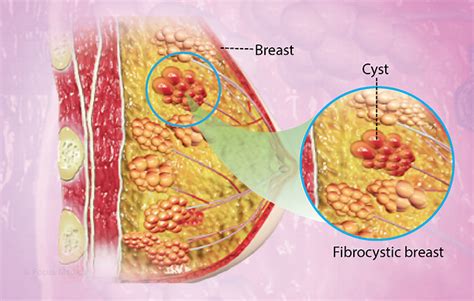
Understanding Hormonal Fluctuations
Hormonal fluctuations are a natural part of the menstrual cycle, but they can also contribute to the development of fibrocystic breast condition. Estrogen and progesterone levels surge during the menstrual cycle, causing changes in breast tissue. These changes can lead to the formation of cysts and fibrous tissue, resulting in the characteristic lumpiness and rope-like texture of fibrocystic breast condition.Fibrocystic Breast Condition Symptoms
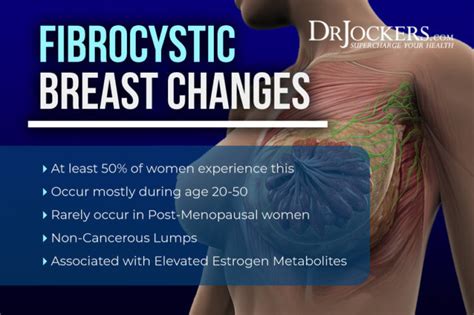
Managing Symptoms
While the symptoms of fibrocystic breast condition can be uncomfortable, there are several ways to manage them. Over-the-counter pain relievers, such as ibuprofen or acetaminophen, can help alleviate breast pain and tenderness. Warm compresses or heating pads can also provide relief. Additionally, wearing a well-fitting bra and avoiding tight clothing can help reduce discomfort.Fibrocystic Breast Condition Diagnosis
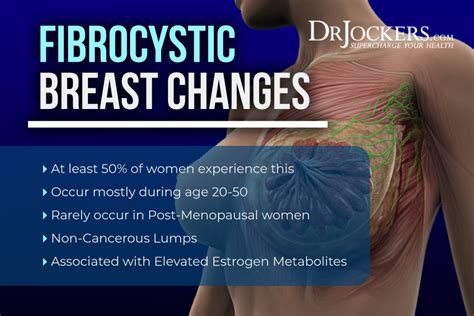
Imaging Tests
Imaging tests, such as mammograms or ultrasounds, may be used to confirm the diagnosis. These tests can help identify any abnormalities in the breast tissue, such as cysts or fibrous tissue. In some cases, a biopsy may be necessary to rule out other conditions, such as breast cancer.Fibrocystic Breast Condition Treatment
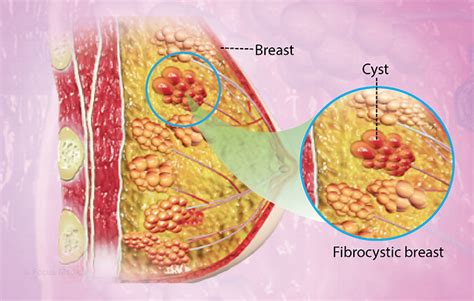
Lifestyle Changes
Lifestyle changes can also play a significant role in managing fibrocystic breast condition. A healthy diet, regular exercise, and stress reduction techniques, such as meditation or yoga, can help reduce symptoms. Avoiding caffeine and nicotine, which can exacerbate symptoms, is also recommended.Fibrocystic Breast Condition and Breast Cancer
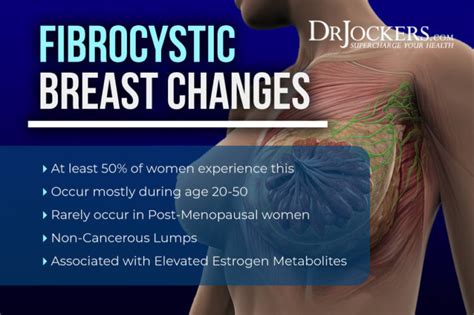
Reducing Risk
Reducing your risk of developing breast cancer is crucial, especially if you have a family history of the disease. Maintaining a healthy weight, exercising regularly, and avoiding environmental toxins can help reduce your risk. Additionally, avoiding smoking and limiting alcohol consumption can also reduce your risk of developing breast cancer.Fibrocystic Breast Condition and Pregnancy
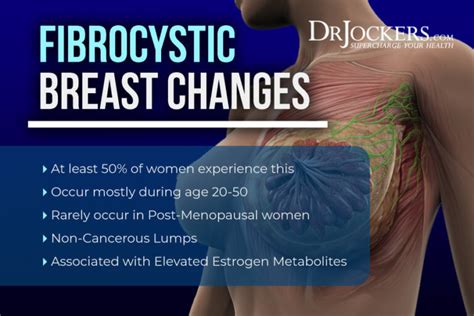
Managing Symptoms During Pregnancy
Managing symptoms during pregnancy is crucial to ensure a healthy pregnancy and breastfeeding experience. Over-the-counter pain relievers, warm compresses, and wearing a well-fitting bra can help alleviate symptoms. Additionally, maintaining a healthy diet and staying hydrated can help reduce discomfort.Fibrocystic Breast Condition and Menopause
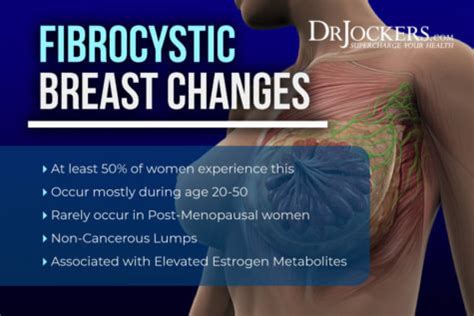
Managing Symptoms During Menopause
Managing symptoms during menopause is crucial to ensure a comfortable transition. Hormone replacement therapy, over-the-counter pain relievers, and warm compresses can help alleviate symptoms. Additionally, maintaining a healthy diet, staying hydrated, and engaging in regular exercise can help reduce discomfort.Fibrocystic Breast Condition and Lifestyle Changes
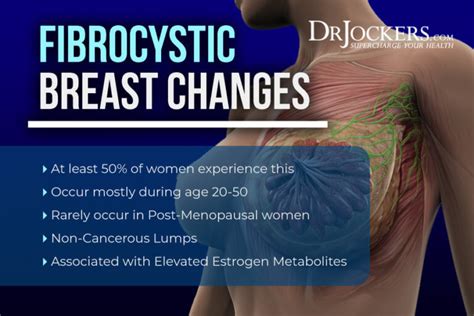
Implementing Lifestyle Changes
Implementing lifestyle changes can be challenging, but with a clear plan and support system, women with fibrocystic breast condition can make positive changes. Setting realistic goals, seeking support from family and friends, and celebrating small victories can help women stay motivated and committed to their lifestyle changes.What is fibrocystic breast condition?
+Fibrocystic breast condition is a benign condition characterized by lumpiness or rope-like breast tissue, often accompanied by breast pain, tenderness, and changes in breast texture.
What are the symptoms of fibrocystic breast condition?
+Common symptoms of fibrocystic breast condition include breast pain or tenderness, lumpiness or rope-like breast tissue, changes in breast texture, nipple discharge, and breast swelling or inflammation.
How is fibrocystic breast condition diagnosed?
+Diagnosing fibrocystic breast condition typically involves a combination of physical examination, medical history, and imaging tests, such as mammograms or ultrasounds.
Can fibrocystic breast condition increase the risk of breast cancer?
+No, fibrocystic breast condition is not a precursor to breast cancer, and the vast majority of women with the condition will not develop breast cancer.
How can I manage symptoms of fibrocystic breast condition?
+Managing symptoms of fibrocystic breast condition can be achieved through a combination of over-the-counter pain relievers, warm compresses, wearing a well-fitting bra, and maintaining a healthy lifestyle, including a balanced diet and regular exercise.
In conclusion, fibrocystic breast condition is a common and often misunderstood topic among women. By understanding the causes, symptoms, diagnosis, and treatment options, women can take control of their breast health and reduce their risk of developing more severe conditions. We hope this article has provided you with a comprehensive understanding of fibrocystic breast condition and encouraged you to prioritize your breast health. If you have any questions or concerns, please do not hesitate to reach out to a healthcare professional. Share this article with your friends and family to help raise awareness about fibrocystic breast condition and promote breast health. Together, we can create a community that prioritizes women's health and well-being.
